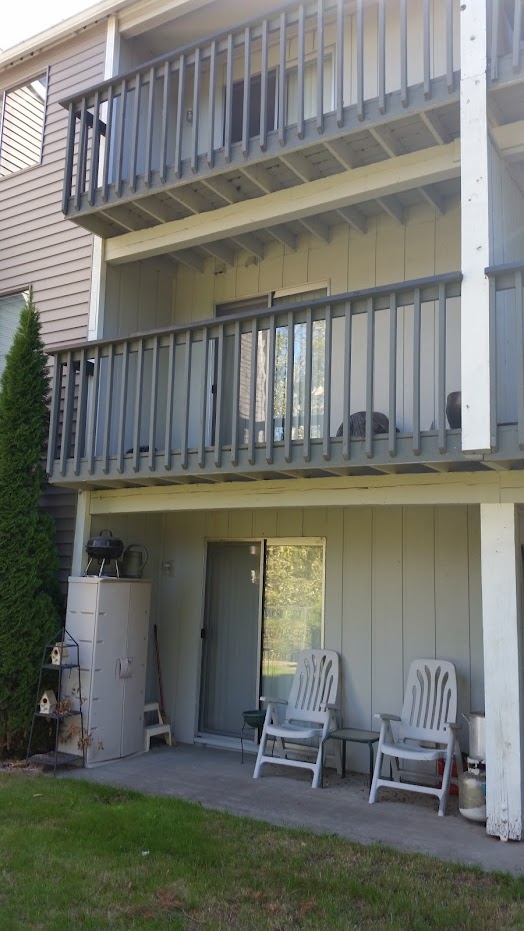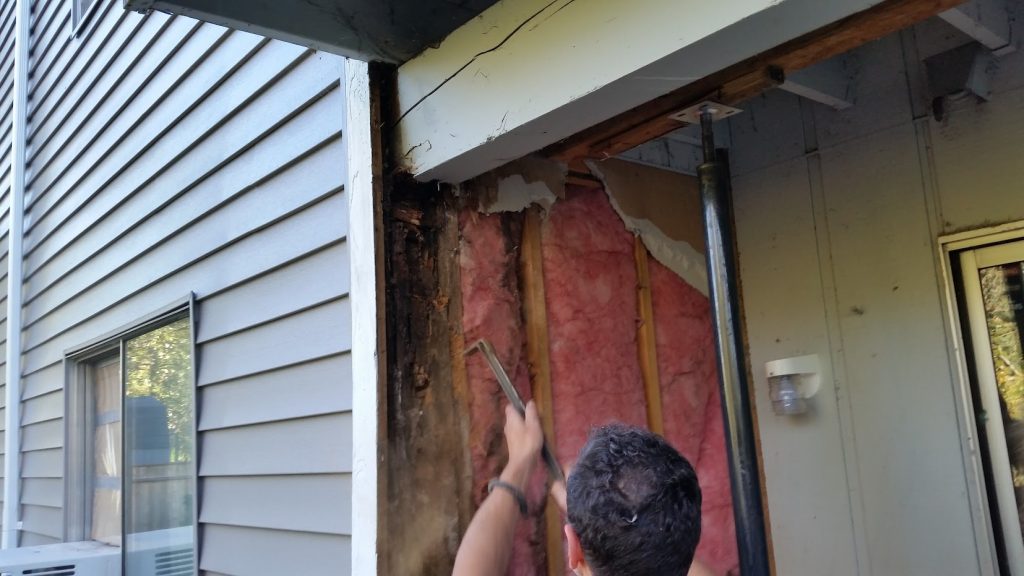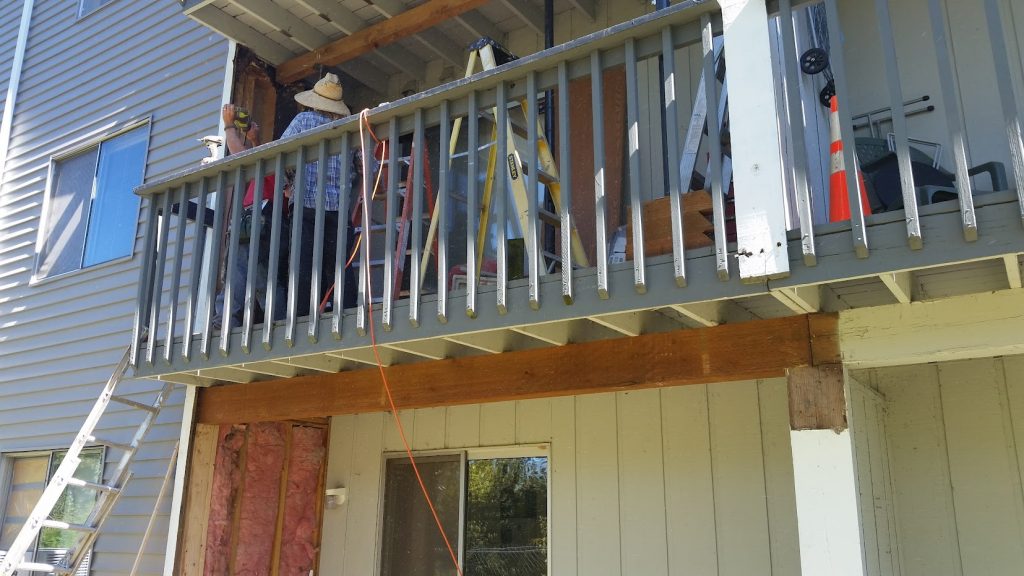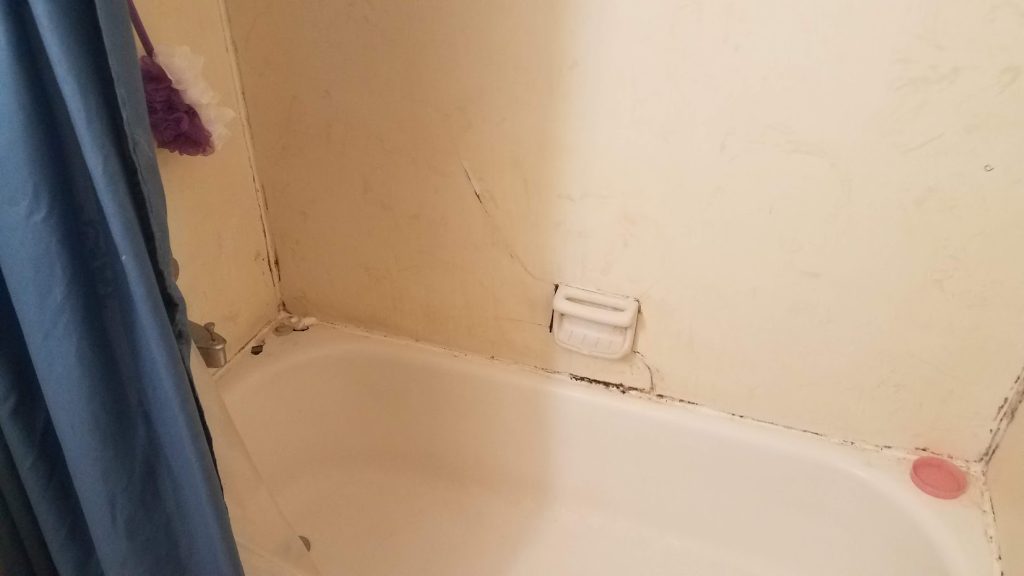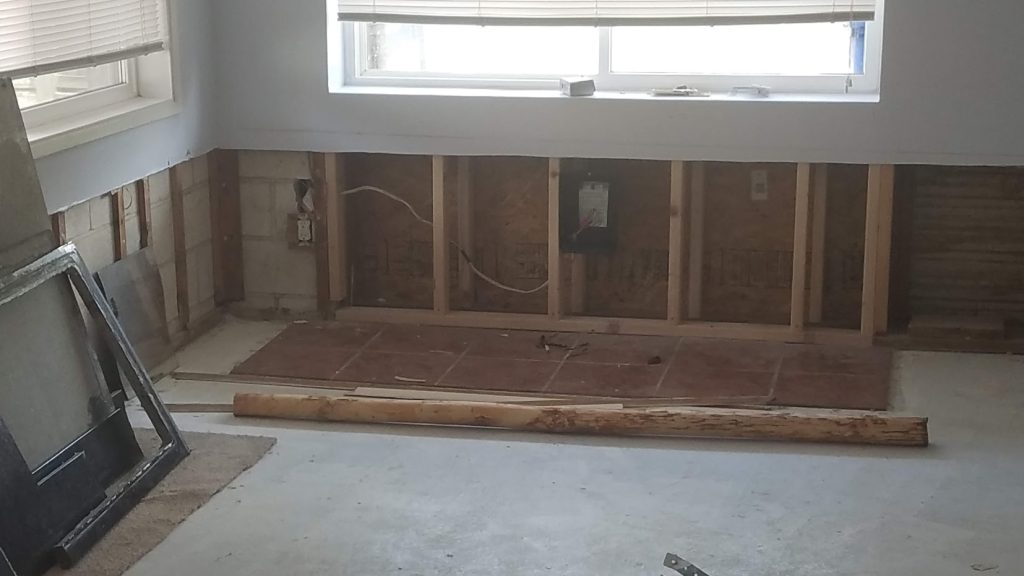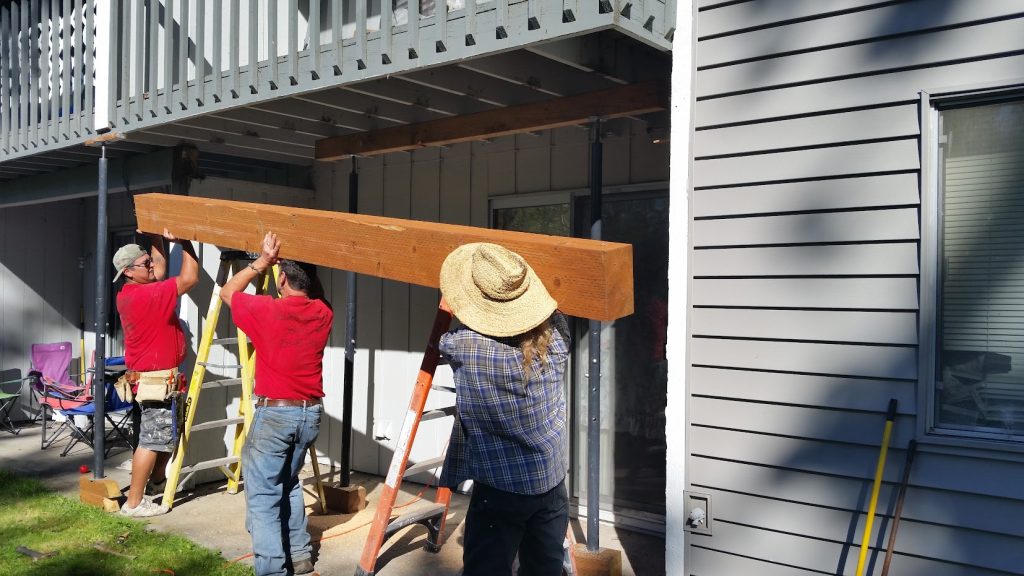Water Damage Remodel and Repair:
- Assessment and Source Identification:
- The first step in addressing water damage is to assess the extent of the damage and identify the source of the water intrusion. This may involve inspecting areas affected by leaks, flooding, or other water-related issues.
- Water Mitigation:
- Immediate action is taken to mitigate further water damage. This may include stopping the source of the water, extracting standing water, and implementing drying techniques to prevent mold growth.
- Structural Assessment:
- A thorough examination of the affected structure is conducted to identify any structural damage. This includes inspecting walls, ceilings, floors, and the foundation for signs of deterioration.
- Mold Remediation:
- If water damage has been present for an extended period, there’s a risk of mold growth. Mold remediation involves safely removing and treating affected areas to prevent the spread of mold spores.
- Material Removal:
- Damaged materials, such as waterlogged drywall, insulation, or flooring, are removed to expose the underlying structure. This step is crucial to assess the full extent of the damage and to replace compromised
materials.
- Damaged materials, such as waterlogged drywall, insulation, or flooring, are removed to expose the underlying structure. This step is crucial to assess the full extent of the damage and to replace compromised
- Drying and Dehumidification:
- Powerful drying equipment, such as dehumidifiers and air movers, is used to thoroughly dry the affected areas. This helps prevent further damage and creates a dry environment that inhibits mold growth.
- Structural Repairs:
- Structural repairs are undertaken to restore the integrity of the building. This may involve replacing damaged beams, studs, or other load-bearing elements.
- Insulation and Moisture Barriers:
- New insulation and moisture barriers are installed to ensure the building remains well-insulated and protected from future water intrusion.
- Interior Finishing:
- Once the structure is sound and dry, the interior is reconstructed. This involves installing new drywall, flooring, and finishing touches such as paint and trim.
- Exterior Repairs (if applicable):
- If the water damage has affected the exterior of the building, repairs are made to roofing, siding, windows, or other vulnerable areas.
- Preventive Measures:
- To prevent future water damage, homeowners may implement preventive measures such as improving drainage around the property, maintaining the roof and gutters, and sealing vulnerable areas.
- Insurance Claims:
- If the water damage is covered by insurance, the necessary documentation and assessments are provided to facilitate the claims process.
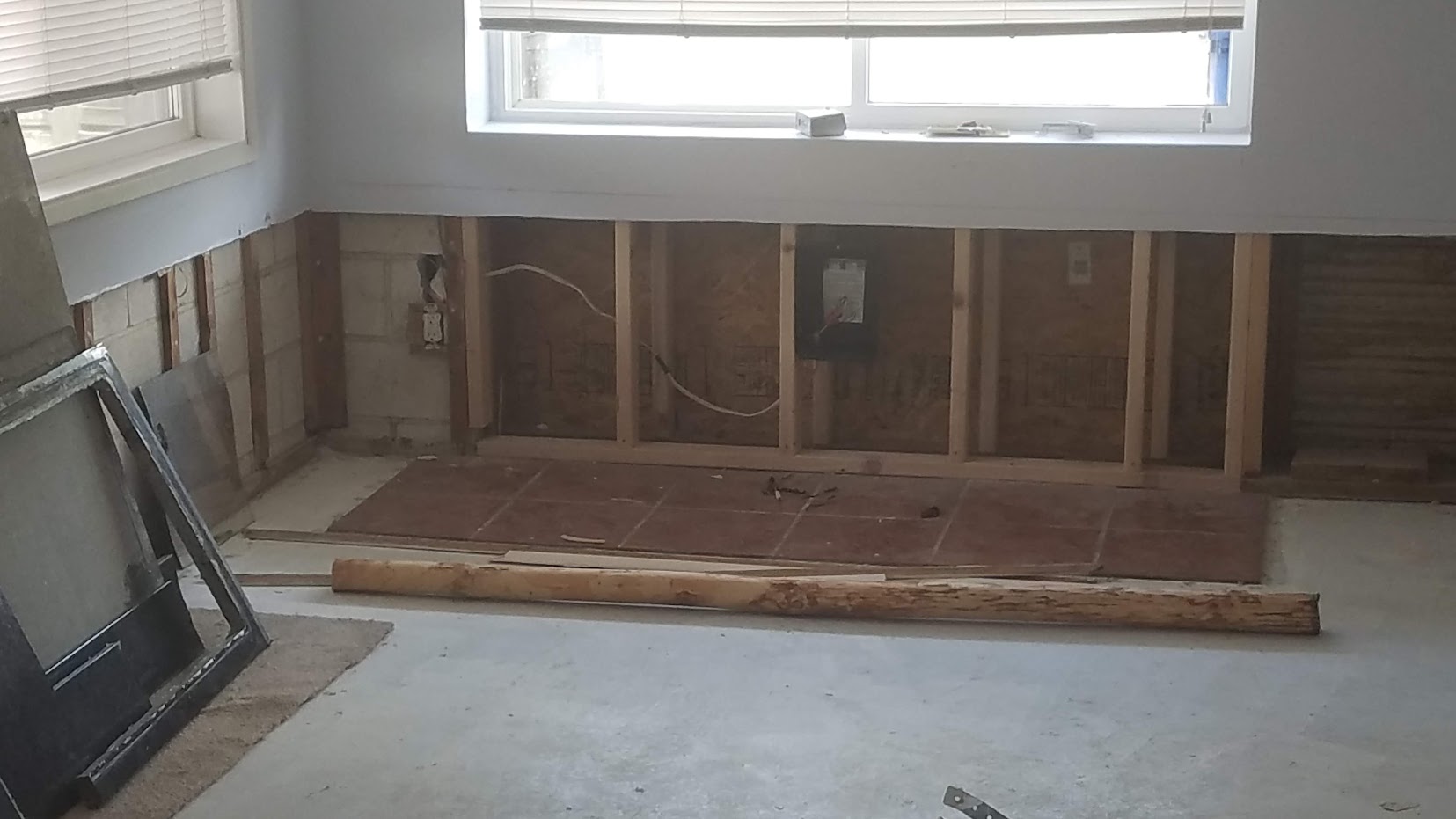
Dry Rot Remodel and Repair:
- Inspection and Identification:
- The first step is a thorough inspection to identify areas affected by dry rot. This type of fungal decay typically occurs in damp or humid conditions and commonly affects wood structures.
- Source Control:
- Addressing the source of moisture is crucial to prevent further development of dry rot. This may involve fixing leaks, improving ventilation, or addressing drainage issues.
- Removal of Affected Wood:
- Damaged wood affected by dry rot is carefully removed to eliminate the source of the fungus. This includes not only visibly affected areas but also adjacent wood that may be compromised.
- Structural Assessment:
- A structural assessment is conducted to determine the extent of the damage and identify any load-bearing elements that may need replacement or reinforcement.
- Treatment of Remaining Wood:
- The remaining wood is treated with fungicides to eliminate any remaining spores and prevent the recurrence of dry rot. This step is essential for ensuring the long-term stability of the structure.
- Structural Repairs:
- Structural repairs are undertaken to replace damaged or weakened load-bearing elements. This may involve reinforcing framing, beams, or other structural components.
- Installation of Ventilation and Moisture Control Systems:
- To prevent future occurrences of dry rot, ventilation and moisture control systems may be installed. These systems help maintain optimal conditions and reduce the risk of fungal growth.
- Exterior Repairs (if applicable):
- If dry rot has affected exterior elements such as siding, trim, or roofing, repairs or replacements are made to restore the integrity of these components.
- Insulation Replacement:
- If insulation has been affected by dry rot, it is replaced to ensure proper thermal performance and prevent the accumulation of moisture.
- Finishing and Painting:
- Once repairs are complete, finishing touches such as paint and trim are applied to restore the aesthetic appearance of the affected areas.
- Preventive Measures:
- Homeowners are often provided with recommendations for preventive measures, such as regular inspections, proper maintenance, and addressing moisture issues promptly.
Both water damage and dry rot remodeling and repair processes require a comprehensive and systematic approach. It’s essential to not only address the visible damage but also identify and rectify the underlying causes to prevent future issues. Professional assessment and remediation are often recommended for these types of projects.

